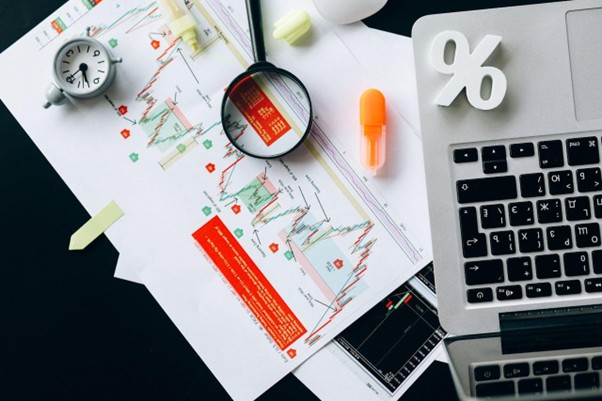CFD trading has captured the attention of traders worldwide, offering opportunities to profit from price movements without owning the underlying assets. However, this financial instrument comes with significant risks that can catch unprepared traders off guard.
Smart risk management isn’t just helpful, it’s essential for anyone serious about CFD trading success.
The Risks You’re Facing
CFD trading presents several risks that can impact your capital. Market volatility can cause rapid price swings, leading to substantial losses in short periods. Leverage risk multiplies these potential losses, sometimes exceeding your initial investment.
Overnight financing costs can eat into profits on positions held longer than a day. Liquidity risk may make it difficult to exit positions during turbulent market conditions. Additionally, regulatory changes and platform-specific risks can affect your trading experience.
Research Is Your Foundation
Before placing any trade, thorough market research forms the backbone of successful CFD trading. Study the assets you want to trade, understand their typical price patterns, and identify factors that influence their movements.
Stay updated with economic calendars, earnings reports, and geopolitical events that could impact your chosen markets. Knowledge about what is CFD trading and how different markets behave will help you make informed decisions rather than gambling on price movements.
Master Stop-Loss Orders
Stop-loss orders act as your safety net, automatically closing positions when losses reach predetermined levels. Set these orders based on technical analysis, not emotions or arbitrary percentages.
Consider using trailing stops that move with favorable price movements while maintaining protection against reversals. This approach helps you capture more profits during trending markets while limiting downside risk.
Control Your Leverage
Leverage can be tempting, but controlling it separates successful traders from those who blow their accounts. Start with lower leverage ratios until you gain experience and confidence in your trading strategy.
Calculate position sizes based on the percentage of your account you’re willing to risk on each trade. Many professional traders risk no more than 1-2% of their account per trade, regardless of leverage available.
Diversify Your Approach
Spreading risk across different markets and assets helps protect your portfolio from concentrated losses. Consider trading CFDs on various asset classes such as:
- Stock indices from different regions
- Major currency pairs
- Commodities like gold and oil
- Individual stocks across sectors
Stay Informed and Alert
Market conditions change rapidly, and staying informed gives you an edge. Follow financial news, economic indicators, and market analysis from reputable sources. Set up alerts for significant price movements in your traded assets.
Understanding market sentiment and upcoming events helps you anticipate volatility and adjust your risk management accordingly. Knowledge is power in CFD trading.
Keep Emotions in Check
Fear and greed drive most trading mistakes. Develop a trading plan and stick to it, regardless of short-term emotions. Write down your entry and exit criteria before opening positions.
Take regular breaks from trading to maintain perspective. Overtrading often leads to poor decisions and increased losses. Remember that preserving capital is more important than making every possible trade.


